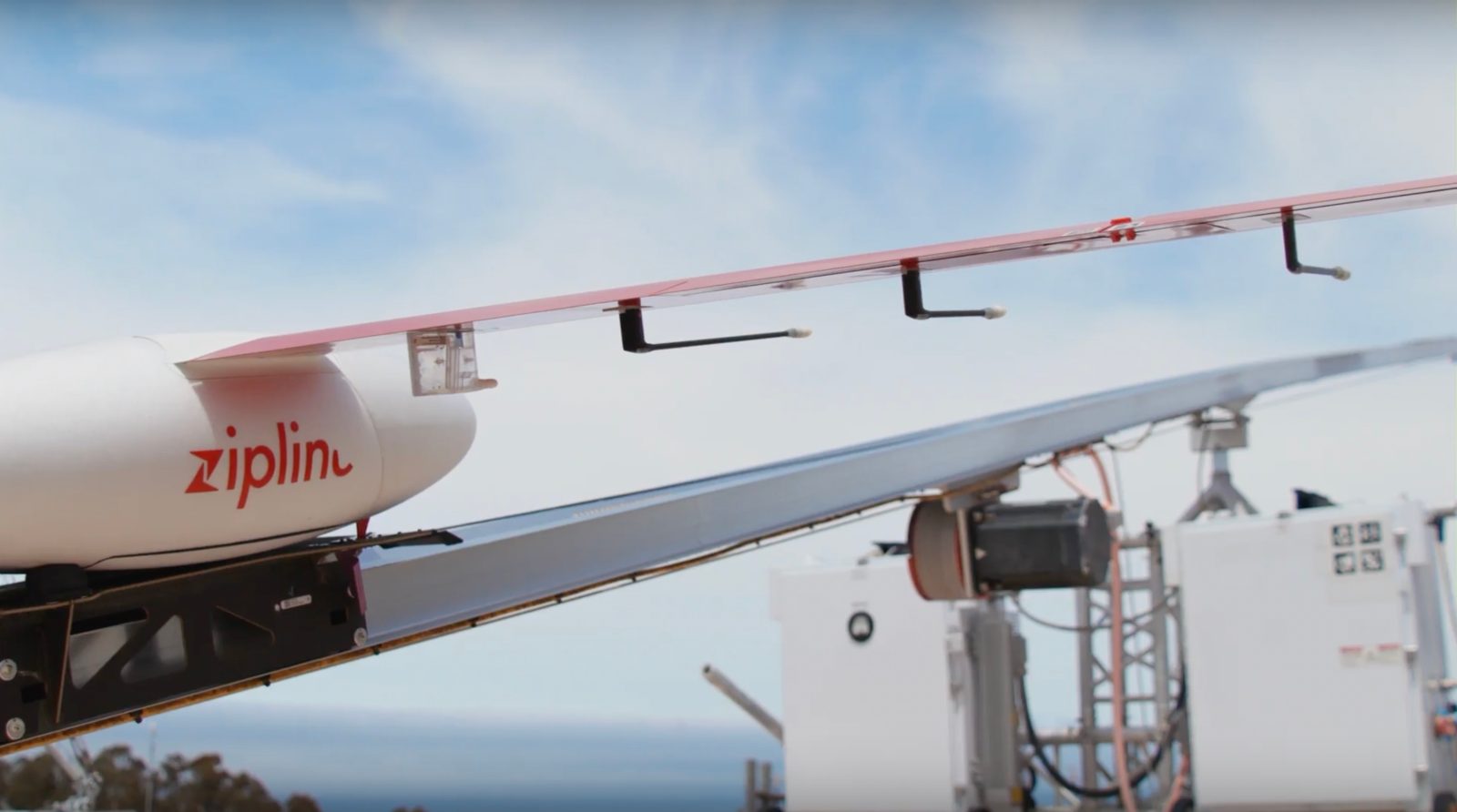
Pioneering drone delivery company Zipline is again striving to break new ground in – and for – autonomous UAV operation by unveiling its new, acoustic-based detect and avoid (DAA) platform allowing craft to identify and evade aerial risks from up to two miles away.
San Francisco-based Zipline announced the creation of its audio-monitoring DAA system, which it calls unprecedented in the drone sector. The company says the innovation will allow automated UAVs to ensure collision-free flights over long distances and safe operation even in uncontrolled airspaces.
The Zipline DAA platform incorporates small, lightweight acoustic microphones and onboard processors. The ensemble listens for and will identify distinctive sounds of nearing drones or aircraft within a 2,000-meter range – both in front, behind, and around the UAV. That 360-degree protection operates in clear skies, clouds, and different kinds of weather, providing full and reliable situational awareness the company says radars and cameras cannot.
Read: This portable drone detection unit can be deployed anywhere in less than 30 mins
And because different elements are lightweight, Zipline says its DAA drone solution is both easily scalable and provides onboard security replacing larger ground-based alternatives.
“Our DAA system is the holy grail for drone technology,” said Keenan Wyrobek, Zipline co-founder and chief technology officer. “We’ve created a system that is agile enough to operate with the finest of margins, and can think for itself and adjust in real-time. DAA is the result of years of development and hundreds of thousands of flight hours. It’s an elegant answer to the challenges of flying beyond the visual line of sight in the United States not in 10 years – but today.”
Read: Zipline details the rollout of its drone delivery operation in Japan
Zipline’s DAA innovation is not only breakthrough tech, Wyrobek says, but also timely, given the spread of drone deliveries, other UAV services, and looming advance air mobility operations like air taxis he predicts will increase the number of craft in the air by 100 times over the next five years.
That proliferation of small air traffic, he says, is why the industry needs smaller, onboard crash avoidance tech that includes capacities for the autonomous vehicles to take evasive action by themselves.
“DAA is the linchpin of scaling instant delivery in the United States and globally,” said Keller Rinaudo, founder and CEO at Zipline. “We envision a future in which this system becomes the industry standard for all commercial autonomous aircraft to fly safely.”
Read: Zipline drones deliver one million COVID vaccinations in Ghana
In developing the new DAA platform, Zipline techies dug deep into the company’s experience in completing over 300,000 commercial flights – often drone deliveries in airspaces as diverse as Salt Lake City and over sparsely populated areas in African nations. The company estimates its automated craft make on-demand deliveries around the globe at the rate of one every four minutes.
FTC: We use income earning auto affiliate links. More.



Comments